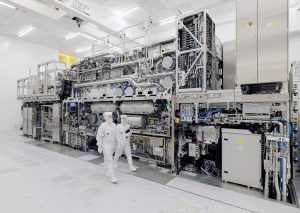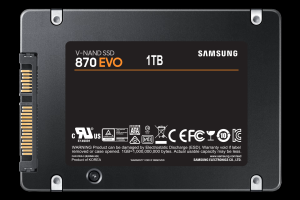Popular Keywords
- About Us
-
Research Report
Research Directory
Semiconductors
LED
Consumer Electronics
Emerging Technologies
- Selected Topics
- Membership
- Price Trends
- Press Center
- News
- Events
- Contact Us
- AI Agent
About TrendForce News
TrendForce News operates independently from our research team, curating key semiconductor and tech updates to support timely, informed decisions.
- Home
- News
[News] China Made Breakthrough in Ultra-Highly Parallel Optical Computing Integrated Chip

Optical computing uses photons as carriers to enable information transmission, interaction, and computation. With inherent advantages such as low power consumption, low latency, and high parallelism, it is considered a promising approach to building next-generation computing infrastructure in the post-Moore era. Optical computing offers hardware acceleration for “compute-intensive + energy-sensitive” applications, including artificial intelligence, scientific computing, multimodal fusion sensing, and ultra-large-scale data exchange.
Recently, the Shanghai Institute of Optics and Fine Mechanics (SIOM) achieved a breakthrough in ultra-highly parallel optical computing integrated chip. The research team led by Researcher Xie Peng from the Aerospace Laser Technology and Systems Division made significant progress in overcoming the challenge of high-density parallel information processing on photonic chips. They developed an ultra-highly parallel optical computing integrated chip—Meteor-1—and successfully demonstrated a photonic computing prototype system with a parallelism level exceeding 100.
According to the institute, the core photonic chips of the system were fully developed in-house. Focusing on improving the parallelism of optical computing technologies, the team innovated an ultra-highly parallel computing architecture that integrates on-chip multi-wavelength light sources, high-speed optical interaction, programmable optical computing, and optoelectronic hybrid computing algorithms. This led to the successful development of a new on-chip parallel optical computing integrated system.
SIOM stated that this research paves the way for overcoming the computational density bottleneck in optical computing and enhancing its performance. It opens new possibilities for the development of ultra-low-power, low-latency, high-computing-power, and high-speed photonic supercomputers.





